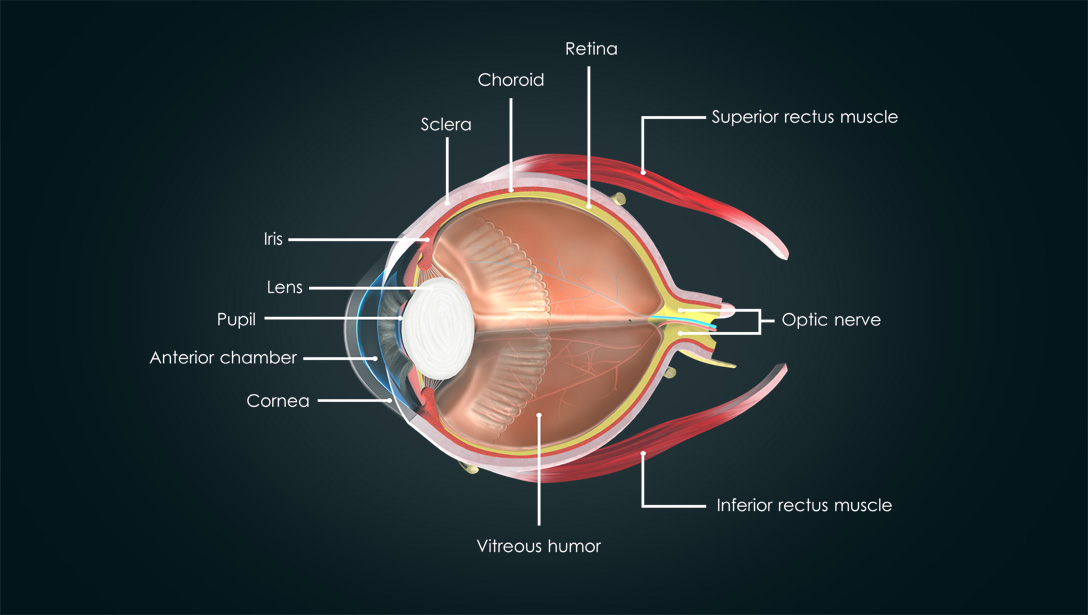Varilux ( Progressive Lens ) by R. Maroun Ayac
Varilux ( Progressive Lens ) by R. Maroun Ayac
VARILUX..SHARP VISION AT ANY DISTANCE
#1 PROGRESSIVE LENS BRAND
Varilux® progressive lenses provide sharp vision at every distance—even in dimly lit conditions—eliminating the blurriness and low-light issues of ordinary progressive lenses.
EXPERIENCE THE VARILUX
LENS DIFFERENCE
Vision changes as you age, but it shouldn’t get in the way of how you live, work, and play. Unlike bifocals or ordinary progressive lenses, only Varilux progressive lenses help you achieve the most natural vision possible.
- Sharp Vision
- Near to Far
- Eliminates Off-Balance
DO YOU NEED GLASSES?
7 SIGNS YOU MAY NEED GLASSES
There are many signs that you may need glasses—some more obvious than others. If you are experiencing any of these, schedule an appointment with an eyecare professional who can give you a comprehensive eye exam. Even if you are not experiencing any symptoms, scheduling a regular check-in with your eyecare professional is part of a good health care routine.
LOOK FOR THESE 7 SIGNS
- Bumping into or tripping over things
- Squinting, frequent headaches, rubbing your eyes, or fatigue
- Sitting too close to a digital screen
- Unable to see far away or up close
- Difficulty seeing at night
- Trouble reading for any length of time or “seeing double” when reading
- Feeling like you need to hold things farther away from you to see them better
VISION PROBLEMS CAN APPEAR AT ANY AGE
Even if you see no warning signs, a comprehensive eye exam with an independent eyecare professional can help you identify if you or your child needs vision correction.
WARNING SIGNS FOR ADULTS
- Do you have to hold a book farther than normal from your face to see it?
- Do you struggle with up-close tasks like sewing, drawing, or other intricate hobbies?
- Do you get headaches or do your eyes become tired after focusing on an object up close?
- Do you struggle to see what’s on your phone or device screen?
- Do you need bright light (or more light than usual) when reading?
WHAT ABOUT KIDS?
According to the American Optometric Association, infants should have their first comprehensive eye exam at 6 months of age. Children then should receive additional eye exams at 3 years of age, and just before they enter kindergarten or the first grade at about age 5 or 6. A vision screening at school is not the same as an eye exam and may miss a vision problem.
WARNING SIGNS FOR KIDS
- Consistently sitting too close to the TV or holding a book too close
- Losing his or her place while reading or using a finger to guide the eyes when reading
- Squinting or tilting the head to see better
- Frequent eye rubbing
- Sensitivity to light and/or excessive tearing
- Closing one eye to read, watch TV, or see better
- Avoiding activities that require near vision, such as reading or homework
- Avoiding activities that require distance vision, such as participating in sports or other recreational activities
- Acting out or restlessness in the classroom
PERSONALIZE YOUR LENSES
Discover a customized solution for your lifestyle.at R. Maroun Ayac_since 1918
THE WONDER OF SIGHT AND HOW IT WORKS
The human eye is composed of many parts, all of which work together to convert the light rays that are going through your pupil into information your brain can interpret.
Three things happen when you look at something:
Light enters your eye through your pupil.
The cornea and crystalline lens work together to focus the light onto the retina.
The energy from the light is transferred to your brain and decoded into an image.
LIGHT PERCEPTION
Light rays travel and bounce off objects before they get to your pupil, and determine the color and brightness your brain perceives. Thanks to this complicated process, we perceive the thin band of the electromagnetic spectrum called visible light that enables us to be aware of what surrounds us.
VISUAL ACUITY
Visual acuity refers to the sharpness of one's vision; it is a measure of how well a person sees. The Snellen chart test is commonly used to measure acuity.
This test determines how much detail a person can distinguish on a standardized chart of letters when standing 20 feet away. Someone with 20/20 vision can resolve the same degree of detail at 20 feet that a standard observer can resolve at 20 feet. 20/20 does not mean perfect vision, as it is quite possible to see better than 20/20. The smaller the bottom number in the visual acuity ratio, the better the acuity.






